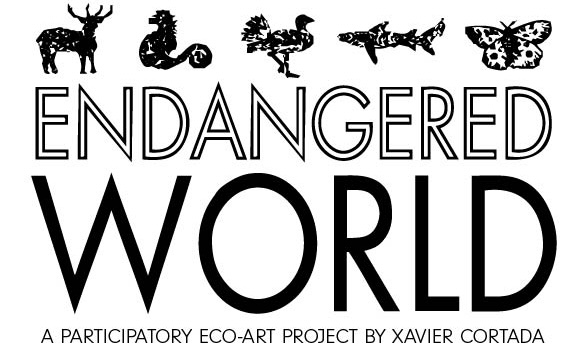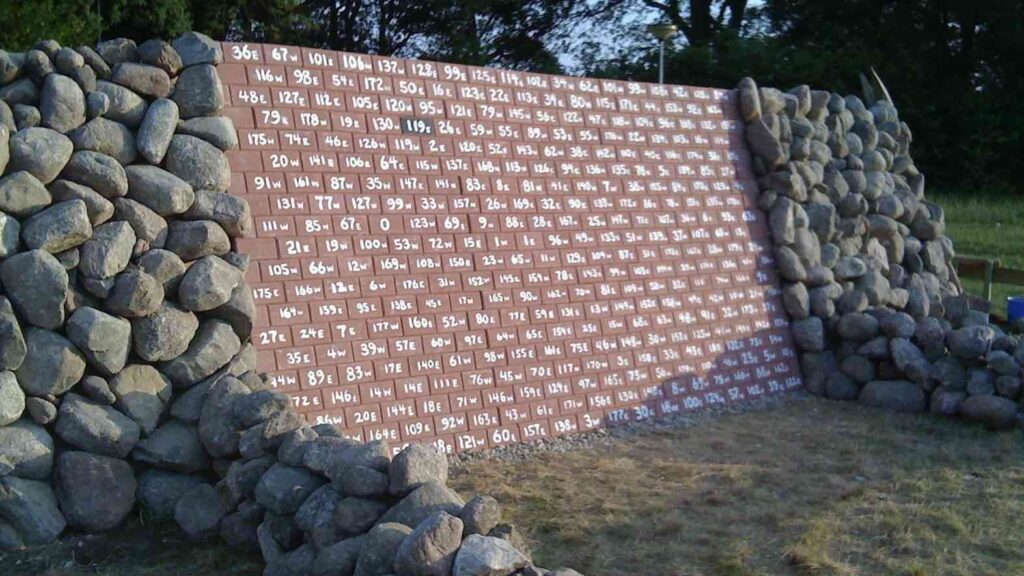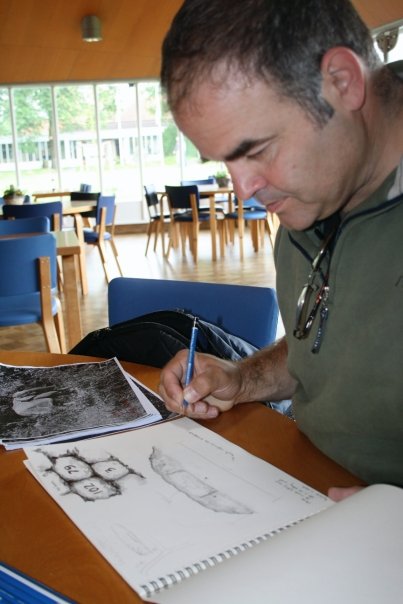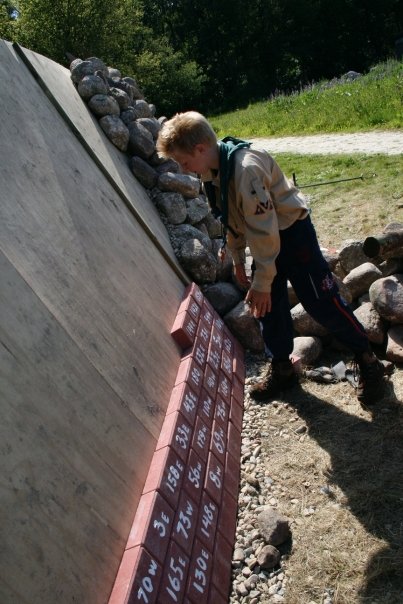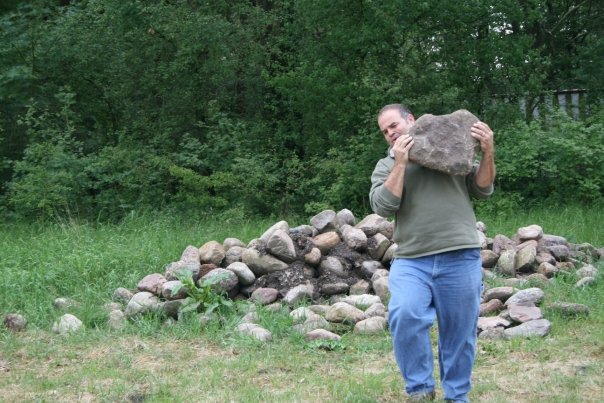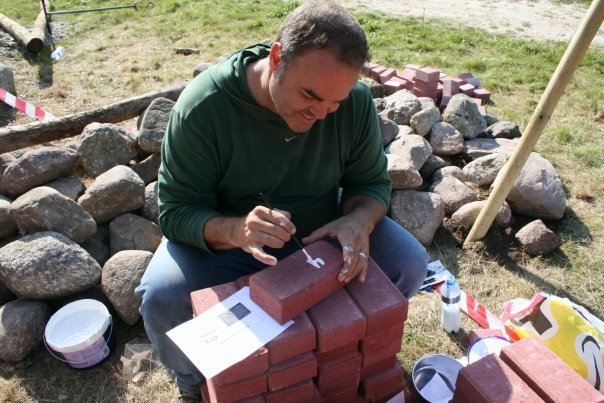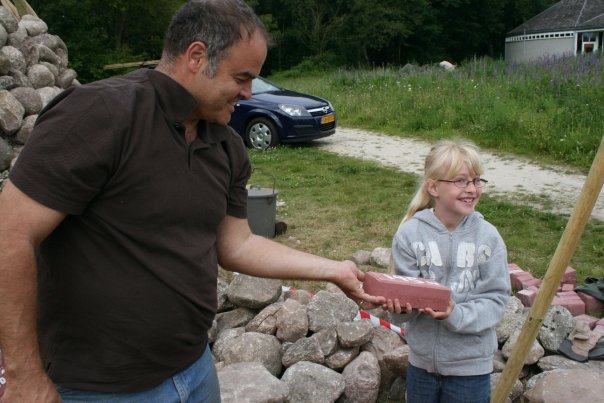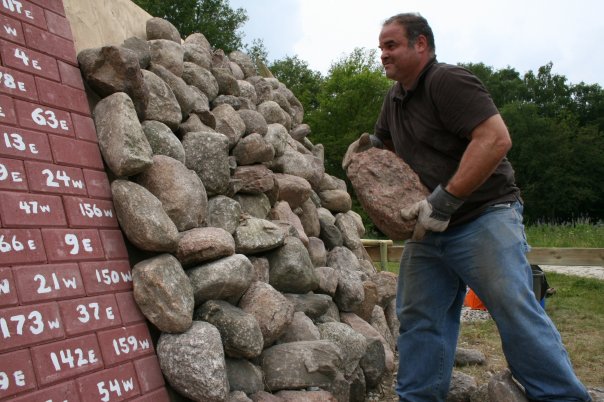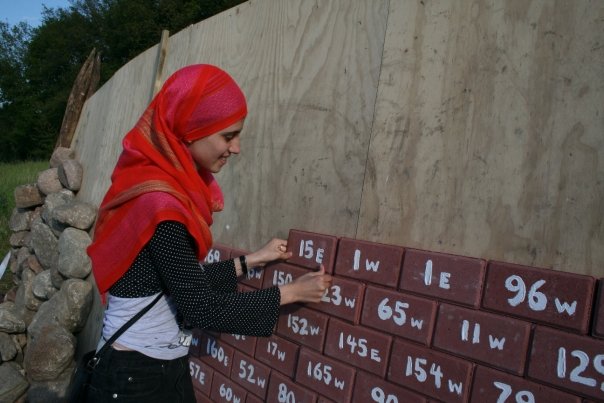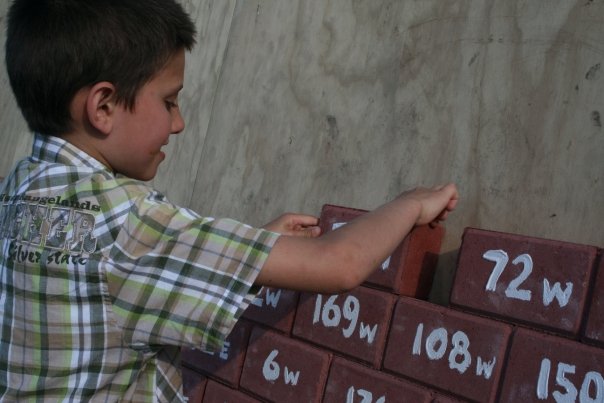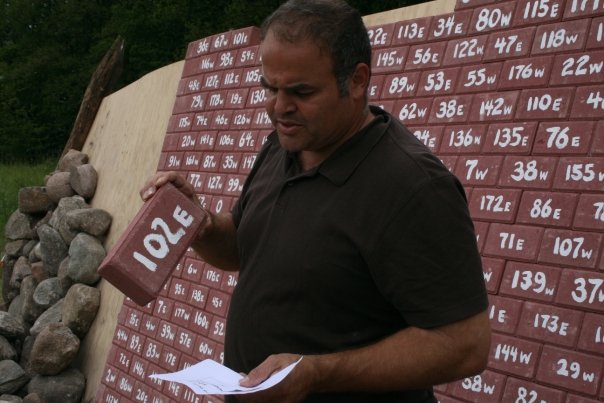Life Wall installation
In 2009, Xavier Cortada created “Endangered World: Life Wall” using 360 red bricks along with stones deposited in the Netherlands by glacial forces during the last ice age.
The work is a 2.1m x 8.5m wall created near the nation’s largest neolithic gravesite at the Hunebed Center in Borger. The 360 bricks represent 360 animals struggling for survival across 360 degrees.
On each brick, Cortada painted the longitude where each animal lives. When a species dies out, the number is painted black. The animals are part of an interconnected web that includes humans. How many bricks can be removed before the wall of life comes tumbling down?
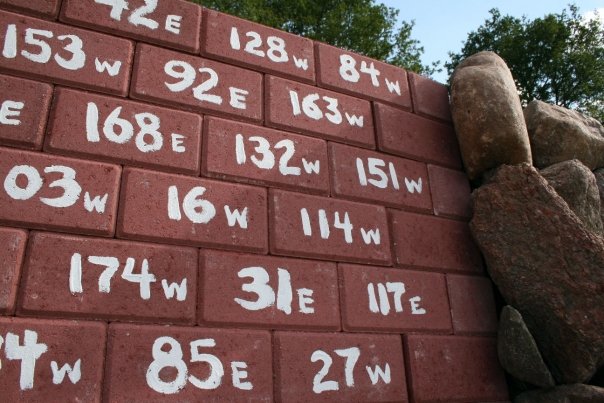
Artist's statement
When the Funnel Beaker people built their hunebeds in 3500 B.C., none of the 360 animals featured in “Endangered World: Life Wall” were in peril. Because of global climate change, most are threatened with extinction by the century’s end. Human survival is ultimately dependent on the preservation of the planet’s biodiversity.
This work invites viewers to “adopt” these endangered animals and become engaged in conservation efforts.
Gallery
Cortada’s work in the Netherlands is presented by Natuurkunst Drenthe. The artist was a participant in the Symposium Kunst- en natuurwandeling OverLeven – 2009.
